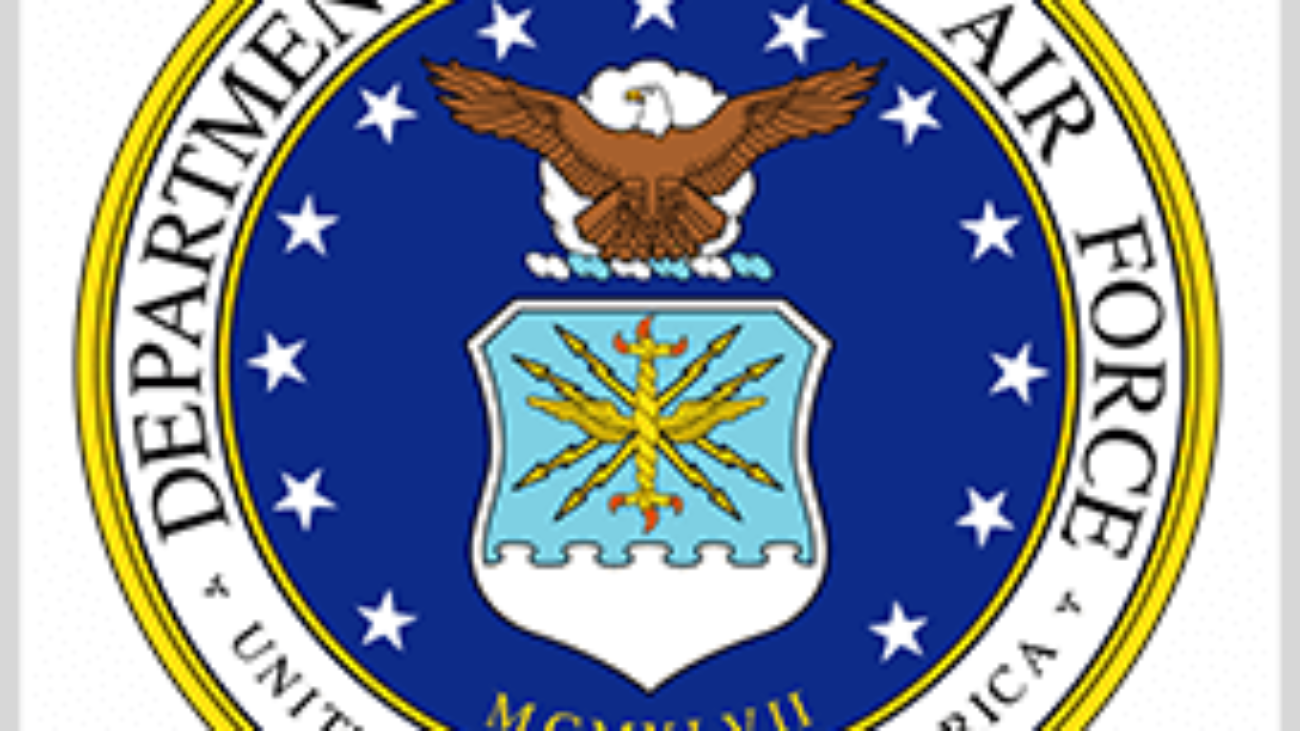The FBI and the Defense Criminal Investigative Service served a search warrant at Carahsoft Technology Corp.’s headquarters in Reston, Virginia this morning.
Multiple sources confirmed law enforcement agencies closed down the building and removed computers and boxes of documents.
One source said they tried to enter the building around 10 a.m. today, but was turned away by FBI agents at the front door.
Another source says Carahsoft employees were sent home and told not to take anything out of the building.
Additionally, two sources say the FBI and DCIS served two criminal subpoenas and one civil one. One of the sources said one of the subpoenas was related to an ongoing False Claims Act case the Justice Department is pursuing.
“Representatives from the Department of Justice came to the Carahsoft office today as they are conducting an investigation into a company with which Carahsoft has done business in the past,” said a Carahsoft spokeswoman. “Carahsoft is fully cooperating on this matter. We are operating business as usual.”
A spokeswoman for the FBI in the Maryland district declined to comment.
“We can confirm that the FBI conducted court-authorized law enforcement activity on Sunset Hills Road this morning. We decline to comment further,” said a spokeswoman for the FBI Washington field office in an email.
It’s unclear why the FBI and DCIS served the warrant at the company’s headquarters. The Carahsoft spokeswoman declined to say what the law enforcement activity pertained to, but confirmed it was not related to an ongoing False Claims Act investigation.
Ongoing False Claims Act investigation
Separately, Carahsoft is facing a False Claims Act case that involves the Defense Department and other agencies seeks to determine “whether Carahsoft conspired with other companies to rig bids, inflate prices, overcharge and defraud the Department of Defense (DoD), among other federal government agencies, in selling [redacted] software, cloud storage and related hardware and services…”
DoJ asked Carahsoft in June 2022 for information related to the False Claims Act case, which included “13 interrogatories and 18 requests for documents.”
According to court documents from July 2023, “Carahsoft has acknowledged that it has in its possession, custody or control thousands of documents that are responsive to the Civil Investigative Demand (CID) but that it has failed to produce.”
Justice says Carahsoft produced 2,650 documents, which “represented only a small fraction of the documents that Carahsoft has confirmed that it has in its possession, custody or control.”
Justice says in the court filing that without these documents, which total in the tens of thousands, it would not be able to “reconstruct the factual basis for any transaction, let alone reconstruct the many transactions and be able to determine whether they reflect the collusive practices and overcharges to the government that the FCA authorizes the government to investigate.”
Multiple emails to Carahsoft’s attorney, Richard Conway of Blank Rome, also weren’t returned.
Carahsoft has dealt with charges of violating the False Claims Act previously. In 2015, the company and VMWare agreed to pay a fine of $75.5 million to settle allegations that it misrepresented their commercial pricing practices and overcharged the government on VMware software products and related services purchased under the General Services Administration schedule.
Additionally, court documents show two other recent allegations of False Claims Act violations that DoJ decided not to pursue.
Carahsoft won more than $1.4 billion in federal contracts in fiscal 2023, with the Defense Department being the company’s biggest customer, accounting for more than $653 million, according to USAspending.gov.
So far in 2024, Carahsoft has won more than $960 million in prime awards.
Copyright © 2024 Federal News Network. All rights reserved. This website is not intended for users located within the European Economic Area.













